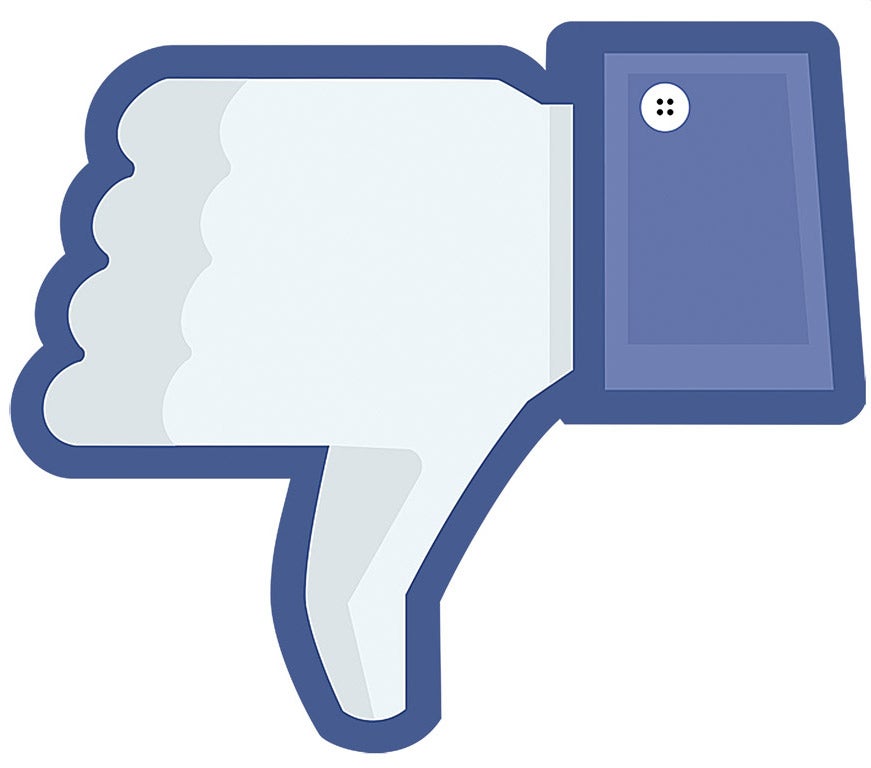Cyber Culture: Likes, dislikes and the strange folk who buy them online

Your support helps us to tell the story
From reproductive rights to climate change to Big Tech, The Independent is on the ground when the story is developing. Whether it's investigating the financials of Elon Musk's pro-Trump PAC or producing our latest documentary, 'The A Word', which shines a light on the American women fighting for reproductive rights, we know how important it is to parse out the facts from the messaging.
At such a critical moment in US history, we need reporters on the ground. Your donation allows us to keep sending journalists to speak to both sides of the story.
The Independent is trusted by Americans across the entire political spectrum. And unlike many other quality news outlets, we choose not to lock Americans out of our reporting and analysis with paywalls. We believe quality journalism should be available to everyone, paid for by those who can afford it.
Your support makes all the difference.Earlier this week I saw someone mention on Twitter that they'd just seen a gig flyer where the band had proudly included their current total of Facebook likes alongside the date, the venue and the price of admission. We're now living in a world where this kind of running tally is deemed to be important information, that the quality of something can be deduced from the number of people who've taken a fraction of a second to thumb something up online.
This hot pursuit of big numbers has resulted in frequent accusations of "fake likes"; batches of likes can be bought online from shady dealers and then applied on various social platforms, from Facebook to Instagram to YouTube and beyond. Everyone from presidential candidates to underground musicians has been accused of it.
The "like" has become the currency of popularity over the past couple of years, but oversupply has devalued it to the point where the numbers have become almost meaningless.
True, genuine likes on Facebook have a worth; if someone's thumbed up your project, any updates you then post may well stray into that person's newsfeeds and remind them you still exist. But fake likes, which come from fake accounts that no one uses, have no worth beyond extra notches on the social media post. The sale of YouTube likes is even more baffling; vendors claim that getting the numbers up "opens doors to business opportunities" and "increases curiosity," and that a lack of likes means that your promotional campaign has failed.
But quite how that's remedied by 1,000 fake thumbs up is unclear. Yes, the grading of search results on YouTube depends on a complex algorithm that includes the number of likes (along with the number of views, subscriptions and the length of time people watch the video) but boosting likes doesn't draw in viewers directly.
And do these numbers even look impressive anyway? Does anyone know what actually constitutes an impressive figure? I saw a press release last week boasting about a new author's 7,000 Twitter followers. I know that 7,000 cans of beans is a lot of beans, but 7,000 Twitter followers? What does that actually mean?
The reason I'm banging on about this is because I just stumbled across a site selling YouTube dislikes, at which point this whole issue transferred to the theatre of the absurd for an extended autumn season.
Apparently, if you've bought a load of YouTube likes, having no dislikes looks suspicious. So you remedy this by paying for non-existent accounts to diss your video in order to maintain some kind of balance between yea-sayers and naysayers. And while you wrestle with the notion of what that optimum ratio should be, who's actually watching the video? No one.
Join our commenting forum
Join thought-provoking conversations, follow other Independent readers and see their replies
Comments